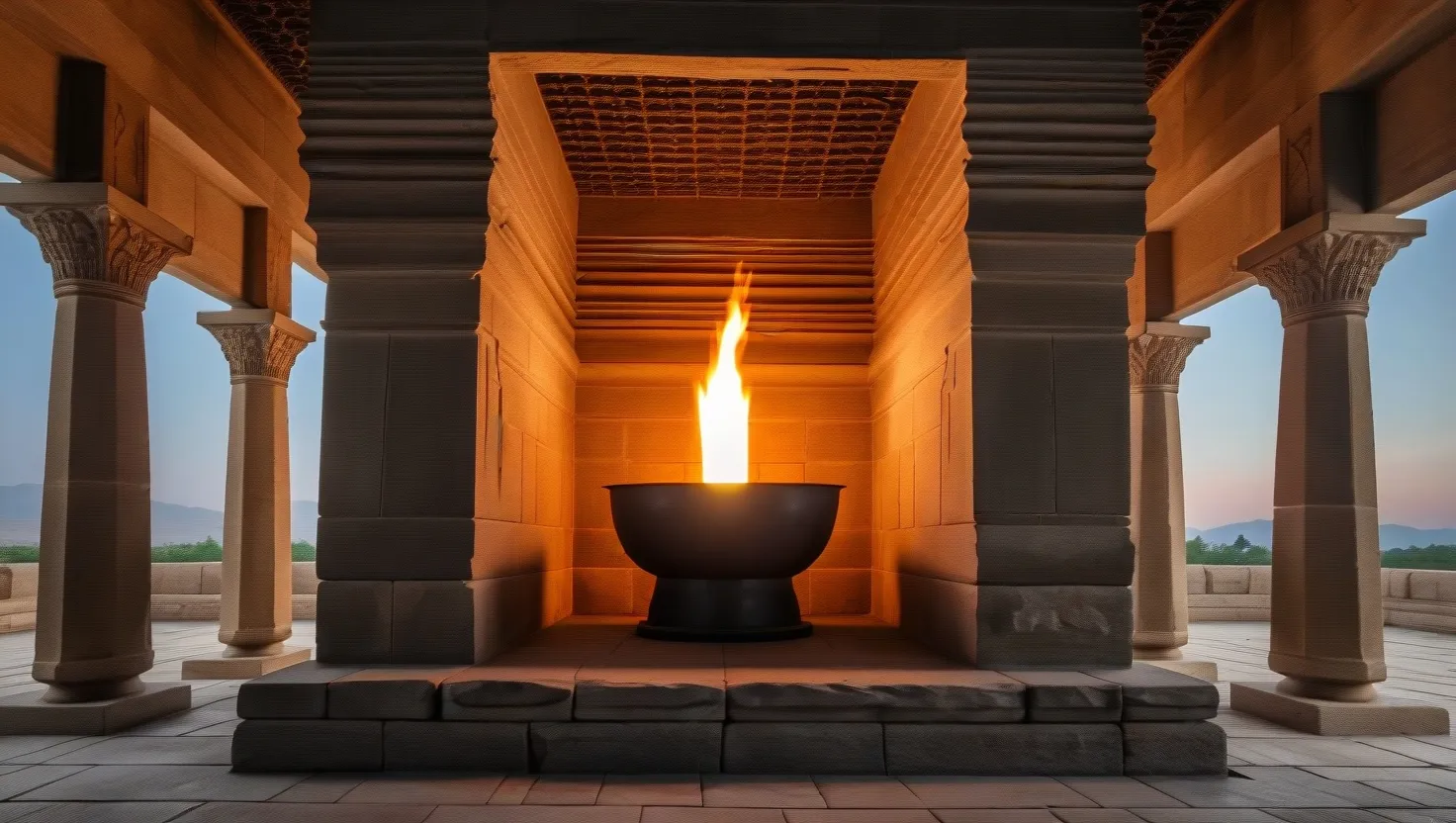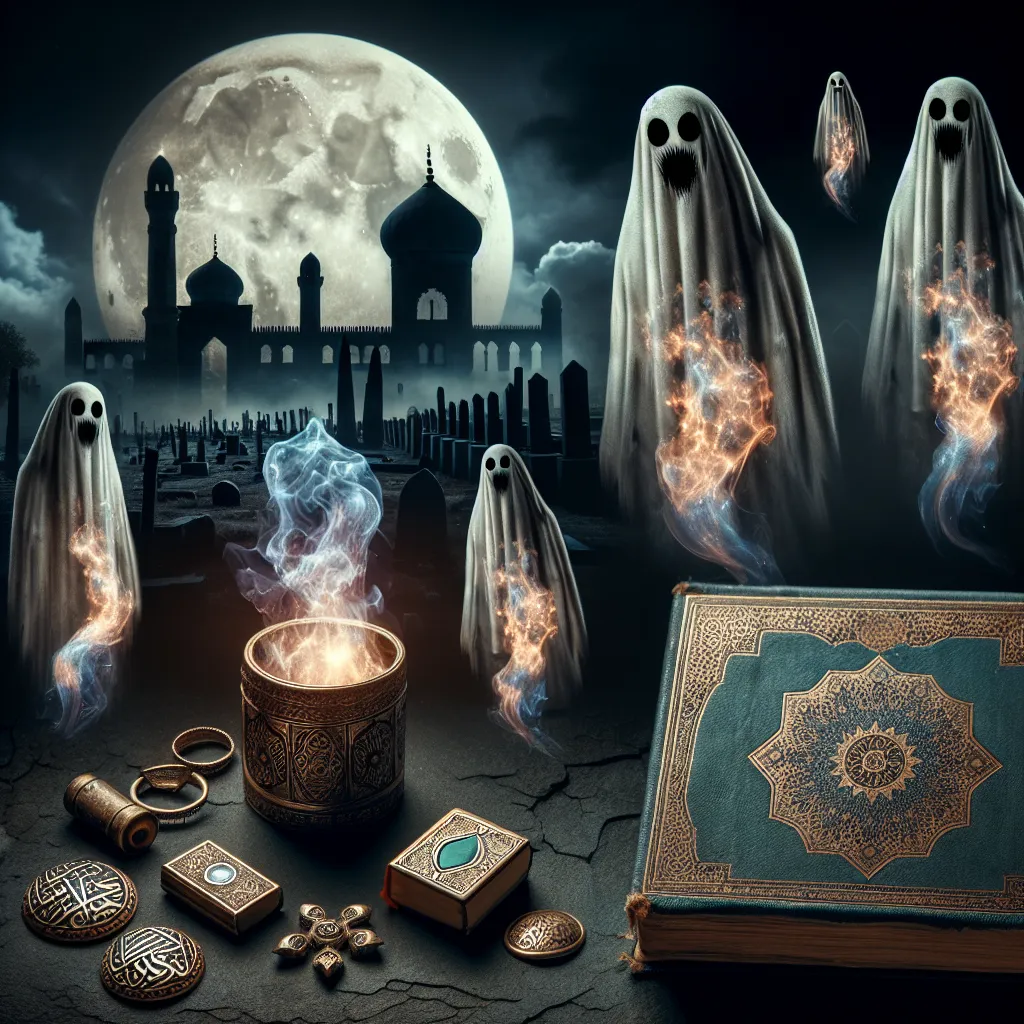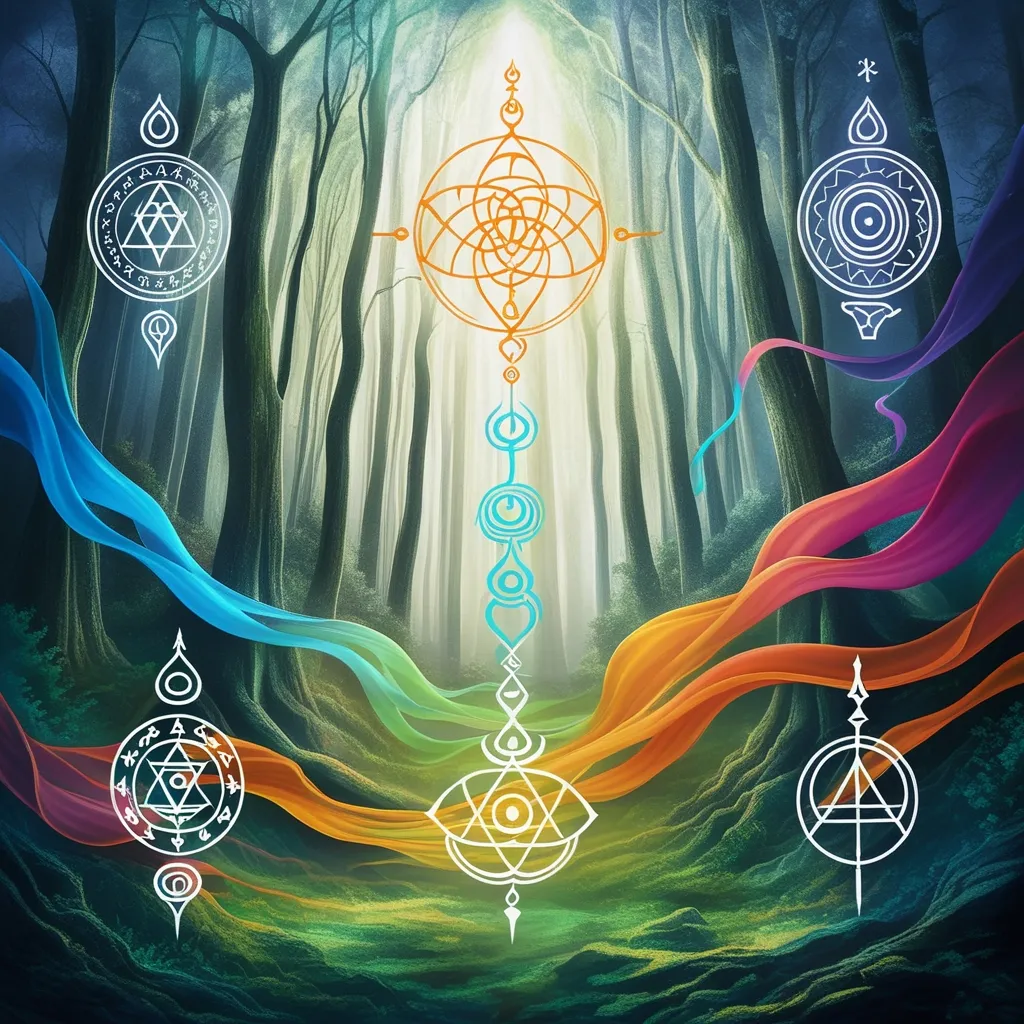As I stand before the serene and ancient Zoroastrian Fire Temple in Yazd, Iran, I am struck by the enduring flame that has burned continuously for over 1,500 years. This sacred fire, a cornerstone of Zoroastrianism, is more than just a symbol; it is a living, breathing embodiment of the faith’s core principles: purity, truth, and the divine light of Ahura Mazda.
Zoroastrianism, one of the world’s oldest monotheistic religions, has a rich history that dates back to the 6th century BCE. The fire temples, known as dar-e-mehrs or fire temples, are central to this faith. These temples are not merely places of worship but also repositories of cultural heritage and spiritual tradition. The eternal flame housed within them is a constant reminder of the divine presence and the inner fire that burns within every human heart.
The significance of fire in Zoroastrianism is multifaceted. It represents the light of God, Ahura Mazda, and is a visible symbol of the invisible divine. Fire is also associated with purity and truth, and its presence is mandatory in every Zoroastrian ceremony. When Zoroastrians pray, they face the fire, whether it is the bright sun, a candle, or the blazing flames in the fire vase. This practice underscores the belief that fire solemnizes the prayers and directs the worship towards Ahura Mazda, rather than being an object of worship itself.
One of the most fascinating aspects of Zoroastrian fire temples is the history and legend surrounding the “Great Fires” or “Royal Fires.” These include the Adur Burzen-Mihr, Adur Farnbag, and Adur Gushnasp, which are said to derive directly from Ahura Mazda. The Farnbag fire, in particular, is revered as the earthly representative of the Atar Spenishta, the ‘Holiest Fire’ mentioned in the Zoroastrian scriptures. These fires have been associated with miracles and legends of folk heroes like Fereydun, Jamshid, and Rustam, adding a layer of mystique to their significance.
The Fire Temple of Yazd, one of the most important Zoroastrian fire temples, houses the Behram Fire, which has been burning since 470 AD. This temple is a blend of Persian and Zoroastrian architectural elements, reflecting the syncretic nature of the faith. The central dome adorned with intricate tilework symbolizes the cosmic vault of heaven, while the grand entrance gate guarded by stone lions signifies the eternal guardians of the faith. Inside, the sacred fire is housed in a bronze vessel on a raised platform, visible through a glass enclosure to maintain its sanctity.
The daily rituals at these temples are a testament to the dedication and long-term commitment of the Zoroastrian community. Priests, known as mobeds, tend the flames several times a day, using a mixture of long-burning hardwood and sweet-scented softwood. These rituals involve prayers, hymns, and offerings, creating a mesmerizing spectacle that offers a glimpse into the rich spiritual heritage of Zoroastrianism.
Despite the historical significance and spiritual importance, Zoroastrian fire temples face modern challenges. The dwindling population of Zoroastrians, particularly in their ancestral homeland of Iran, poses a significant threat to the continuation of these ancient traditions. Environmental concerns also play a role, as the maintenance of the eternal flames requires careful management to ensure they do not harm the environment.
In India, where many Zoroastrians migrated after the fall of the Sassanid Empire, fire temples continue to thrive. The Atash-Warharan, or ‘victorious fire’, at Udvada is one such example. This fire was moved multiple times to avoid persecution and finally found a permanent home in Udvada, where it continues to burn today. These migrations and relocations highlight the resilience and determination of the Zoroastrian community in preserving their faith.
The preservation of cultural heritage is another critical aspect of Zoroastrian fire temples. These temples serve as repositories of Zoroastrian artifacts and manuscripts, providing valuable insights into the history, beliefs, and practices of the faith. The museum within the Fire Temple of Yazd, for instance, displays a fascinating collection of relics, including ancient scriptures, sacred texts, ceremonial objects, and traditional costumes.
In the United States, Zoroastrian fire temples have adapted to their new environment while maintaining their traditional practices. The California Zoroastrian Center, for example, functions both as a place of worship and a learning center open to non-Zoroastrians. Here, the community has worked tirelessly to build and maintain their temple, reflecting the dedication to their faith and the desire to share it with others.
As I reflect on my visit to the Zoroastrian Fire Temple, I am struck by the balance between ancient practices and contemporary realities. The flame, which has burned for centuries, is a constant in a world of change. It symbolizes continuity and tradition but also requires adaptation to survive. The priests who tend the flames must navigate the challenges of modern times while keeping the sacred fire alive.
This delicate balance is exemplified in the way Zoroastrian fire temples have evolved over time. From the open sky worship of the mid-5th century BCE to the structured temples of today, the faith has adapted to its surroundings without losing its core essence. The use of modern materials and architectural designs in new temples, such as those in the United States, ensures that the tradition remains relevant while honoring its ancient roots.
In a world where time seems to move at an ever-accelerating pace, the Zoroastrian fire temples stand as a testament to long-term thinking and commitment. The act of keeping a flame burning for over 1,500 years is an extraordinary feat that transcends the ephemeral nature of human existence. It is a reminder that some traditions are worth preserving, not just for their historical significance but for the spiritual and cultural heritage they embody.
As I leave the temple, I am reminded of the words engraved on the marble plaque at the California Zoroastrian Center: “dedicated to the children who shall carry the torch of Zoroastrianism for future generations in North America.” This sentiment encapsulates the essence of Zoroastrian fire temples – they are not just places of worship but also guardians of a rich cultural and spiritual legacy that continues to inspire and guide future generations.
In the end, the eternal flame of Zoroastrianism is more than just a fire; it is a beacon of hope, purity, and truth that continues to burn brightly in a world filled with challenges and uncertainties. As we navigate the complexities of modern life, the enduring flame of the Zoroastrian fire temples serves as a powerful reminder of the importance of tradition, community, and the unwavering commitment to one’s faith.






